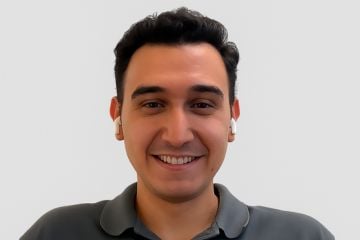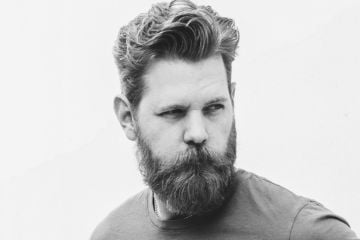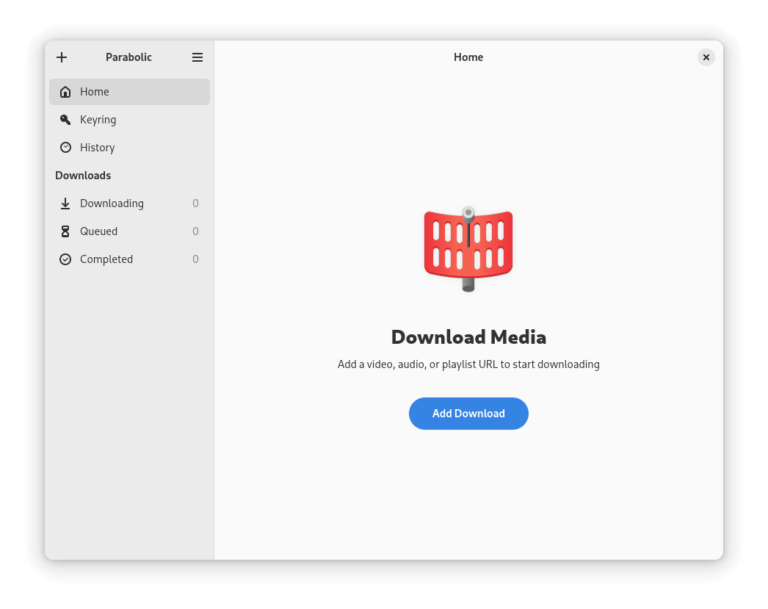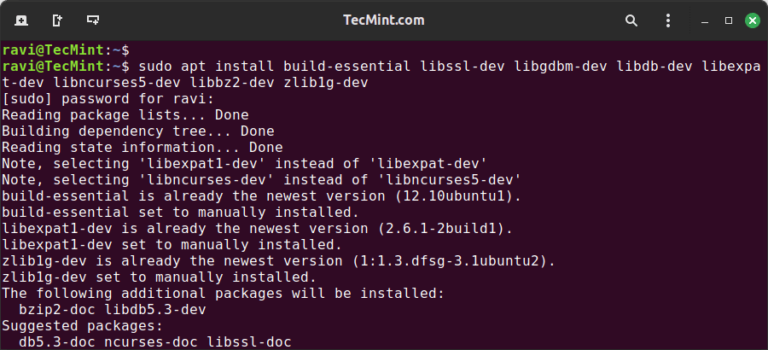
Chris Elrod is a renewable power entrepreneur. His company, Treaty Oak Clean Energy, builds massive solar projects that provide electricity for large corporations and utility firms.
It’s boom times for electricity generators as the likes of Google, ChatGPT, and Amazon scramble for reliable sources.
How, exactly, does a company build a solar-generating plant and then sell the electricity to end users? I asked Chris those questions and more in our recent conversation.
Our entire audio is embedded below. The transcript is edited for clarity and length.
Eric Bandholz: Who are you, and what do you do?
Chris Elrod: I’m the CEO and co-founder of Treaty Oak Clean Energy, a renewable energy developer based in Austin, Texas. We build large solar and battery projects that connect directly to the grid and power enterprise users and tens of thousands of homes. I’ve spent about two decades in the energy industry, mainly in project finance and large-scale infrastructure.
Before Treaty Oak, I co-founded AP Solar, a Texas-based firm focused on utility-scale solar projects. After seven years, we exited the company, and my partners and I used the proceeds to form Treaty Oak with a broader mission and larger geographic footprint. We launched in 2022 and sold the company to Macquarie Asset Management, a private equity investor, in the same year. I continue to lead the business as CEO.
It’s been a journey from early corporate roles to scrappy two-guys-in-a-truck entrepreneurship to running a PE-backed national developer. Every step has sharpened our approach to building and scaling renewable infrastructure.
Bandholz: How big are these projects?
Elrod: They are modern power plants spread across thousands of acres. We secure land, obtain entitlements, build the generation infrastructure, and integrate the projects into the grid. Electricity demand, once flat for years, has surged due to AI and industrial onshoring. The grid needs far more generation, and large-scale solar and storage can be deployed at speed and scale.
This year, we’ll raise roughly $1.1 to $1.2 billion in third-party capital. About $800 million will finance two Louisiana solar projects, with a third under construction in Arkansas. Together, they represent approximately 500 megawatts [the equivalent power needs for roughly 400,000 homes per year].
Bandholz: Walk us through the financing of a large solar installation.
Elrod: Project finance relies on predictable long-term cash flows. Solar assets typically have a 40-year useful life based on warranties and technology. Battery projects run about 25 years because of cell degradation. Lenders don’t lend for the full duration. They usually analyze an 18-year window and determine whether they could recover capital.
Most projects refinance around year five of operation. Lenders want repayment earlier because their funds aren’t structured to hold fixed-rate debt for decades. We pay down a portion through scheduled maturities and then refinance the rest. Long-term interest rates, not short-term, drive our financing costs. The primary lenders in this space are large European and Japanese commercial banks.
Most deals use a club structure where several lenders share the debt equally to balance risk. Another option is underwriting, where one or two banks commit to a large initial ticket and later syndicate portions to others. It speeds execution but costs more.
We’ve gone hands-on, working directly with multiple lenders instead of relying on a single underwriter. It requires additional effort but gives us better control of terms and relationships.
Between debt and equity, it’s primarily a cost-of-capital decision. Interest rates are still several percentage points above 2022 levels, which affects infrastructure returns. Even so, debt remains cheaper than equity because shareholders require higher returns. As long as project fundamentals support it, debt is more efficient and preserves equity while improving overall economics.
Bandholz: How do macro events such as tariffs and supply chain disruptions affect your projects?
Elrod: We monitor macro factors constantly — interest rates, regulatory shifts, and especially tariffs. Tariffs bring real uncertainty. Some policies may serve a strategic purpose, but others affect components that the U.S. cannot yet manufacture at the required scale or cost. Volatility is the most challenging aspect because tariff actions can change quickly.
We shift risk to customers and suppliers where possible, and stay agile. If policy signals suggest a tariff might hit, we may accelerate procurement or import components early. It’s less about a perfect strategy and more about informed, rapid adaptation.
Solar panels are a significant cost driver, but so are steel pilings, racking systems, copper and aluminum cabling, and engineered materials. Some manufacturing exists in the U.S., and more will grow, but not enough to meet current utility-scale demand at the required price or quality. Global supply chains remain essential.
Tariff risk is exactly why contract structure matters. We can’t commit to pricing and later absorb unexpected cost increases that eliminate project margins. We’ve avoided that so far by locking in supply-chain terms early and keeping customer pricing stable from the start. Our goal is to shield customers from volatility while protecting shareholder value. That requires constant coordination, nimble procurement, and effective risk transfer.
Our customers — major corporations and operators — need reliable, clean power to support accelerating electricity demand. Solar generation combined with storage remains the fastest, most scalable solution.
Bandholz: How have you built your team?
Elrod: Our power markets team manages sales end-to-end. They identify customers, respond to requests for information and proposals, submit projects, and run procurement and communication. I support them, but they lead the process.
Our company has grown from about 17 people when we sold to Macquarie in 2022 to over 100 today. Building the right culture has been essential. Our message is “execute with excellence,” and that means staying vigilant across every part of the business.
Hiring has been challenging. Post-Covid labor dynamics and the U.S. Inflation Reduction Act in 2022 increased competition and wage pressure. We sometimes hired too quickly to fill roles. Now we use structured scorecards for senior positions, with clear criteria aligned with the company’s objectives. Our people and culture team works closely with hiring managers to ensure each candidate is the right fit. We maintain transparency and quarterly performance alignment to keep teams focused and accountable.
The U.S. still offers enormous opportunities. Demand for electricity, infrastructure, and clean generation is expanding rapidly, and the market has the capacity to support substantial growth.
Bandholz: Where can people reach out to you or get advice?
Elrod: Our website is TreatyOakCleanEnergy.com. Reach out to me on LinkedIn.






